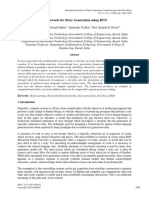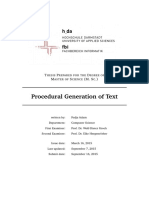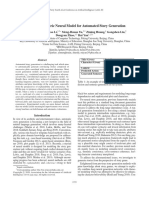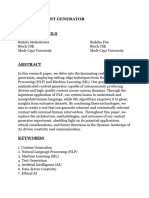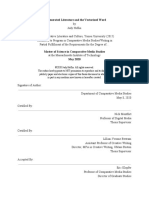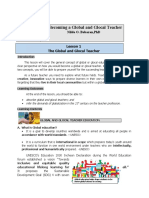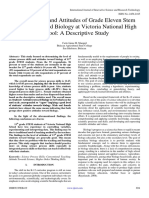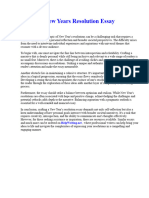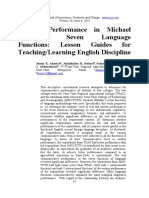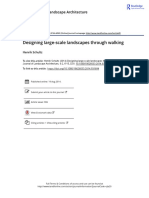0% found this document useful (0 votes)
17 views11 pagesNLP Report
The Auto Story Generator is a project aimed at automatically generating coherent short stories using semantic similarity analysis and transformer-based natural language generation. It assists creative writers, game developers, and educators by providing a tool that generates unique storylines with minimal human intervention. The implementation involves setting up a Flask backend, utilizing spaCy for semantic filtering, and employing the GPT-2 model for story generation.
Uploaded by
Achal PatareCopyright
© © All Rights Reserved
We take content rights seriously. If you suspect this is your content, claim it here.
Available Formats
Download as PDF, TXT or read online on Scribd
0% found this document useful (0 votes)
17 views11 pagesNLP Report
The Auto Story Generator is a project aimed at automatically generating coherent short stories using semantic similarity analysis and transformer-based natural language generation. It assists creative writers, game developers, and educators by providing a tool that generates unique storylines with minimal human intervention. The implementation involves setting up a Flask backend, utilizing spaCy for semantic filtering, and employing the GPT-2 model for story generation.
Uploaded by
Achal PatareCopyright
© © All Rights Reserved
We take content rights seriously. If you suspect this is your content, claim it here.
Available Formats
Download as PDF, TXT or read online on Scribd
/ 11



















